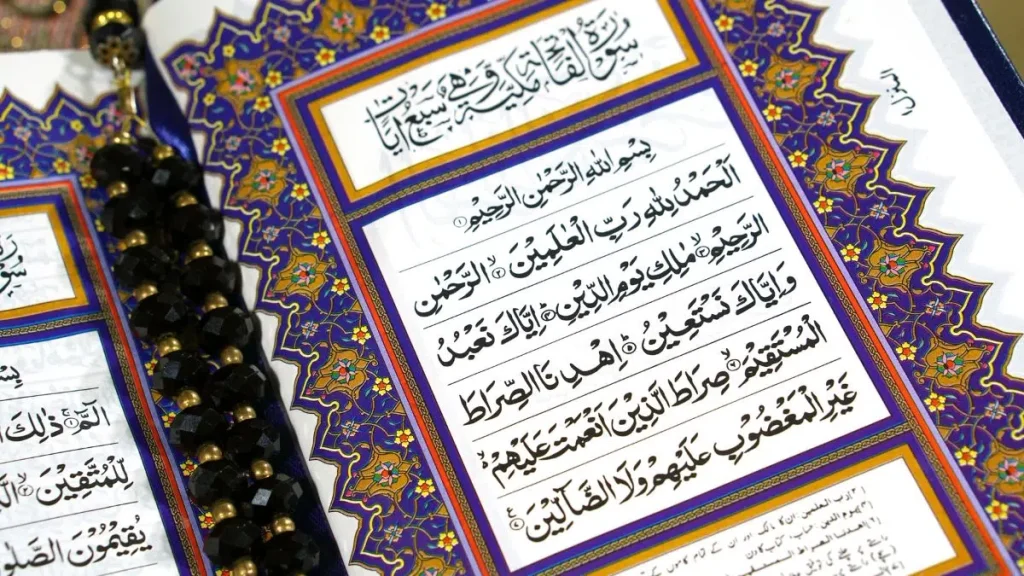Qirat in Islam is an integral part of Islamic culture and can be described as the ways of the Quran recitation. Qirat is an aspect of Quranic recitation dictated by the Arabic root word “qara’a” meaning to read or recite and captures the lexical, phonological, and registry and other oratorical differences that have been passed through the generations. It has great religious, and historic-critical importance and is central to the practice and perfection of reading or reciting the sacred text.

The Definition of Qirat
In Islamic terminology, Qirat means the various versions of the Quran reading that are accepted in society. These methods have been developed based on the most authentic practice of the prophetic transmission of the Quran down from the Prophet Muhammad (PBUH) to his companions. These variations were gradually stabilized further by great scholars, and the modern-day ten Qirat identified are known as “Qira’at Al-Ashr.” Every Qirat style is a practice of reading out the Quran’s verses in a slightly different manner in terms of pronunciation, the extent of prolongation of vowel sounds (Madd), or the way of its enunciation in compliance with the general rules of recitation (Tajweed).
Nevertheless, all of them are not to change the meaning of the Quran in any way, shape, or form. Instead, they brilliantly describe the richness and versatile aspects of the Arabic language to support the Quran to the members of different communities.
Importance of Qirat in Islam
- Preservation of the Quran: Concerning the Quran, why is Qirat established as regards the correctness of its recitation, which shall not change from the date of revelation?
- Spiritual Connection: The flat and enunciated tone of the readers also makes a positive addition to the listener’s; and the reciter’s experience of the sacred texts, thus imparting a closer communion with the divinity of the language used.
- Linguistic Diversity: Qirat is the testimony of the flexibility of the Arabic language; it colors the differences in the phonetics of Muslims from around the globe.
The Ten Recognized Qirat
Each Qirat style is named after a renowned scholar of Quranic recitation who mastered and transmitted the method. These ten styles include:
- Hafs ‘An ‘Asim: The most common Qirat worldwide, particularly in non-Arab countries.
- Warsh ‘An Nafi: Widely used in North Africa, especially in Morocco and Algeria.
- Qalun ‘An Nafi: Popular in parts of Libya and Tunisia.
- Ad-Duri ‘An Abi ‘Amr: Found in parts of Sudan and West Africa.
- As-Susi ‘An Abi ‘Amr: Practiced in select regions of Yemen.
- Khalaf ‘A Hamzah
- Khallad ‘An Hamzah
- Ibn Kathir
- Ya’qub
- Abu Ja’far
Each of these styles adheres to specific rules of Tajweed, emphasizing the precision required in Quranic recitation.
Conclusion
Recitation is one of the integral parts of every culture as the Quran is beautiful, accurate, and relevant for any civilization. With the knowledge of the meaning and importance of the Qirat in Islam, Muslims will respect the efforts of those scholars who tried to protect the Quran from distortions and modifications and keep it a perfect guide for people throughout the ages.
